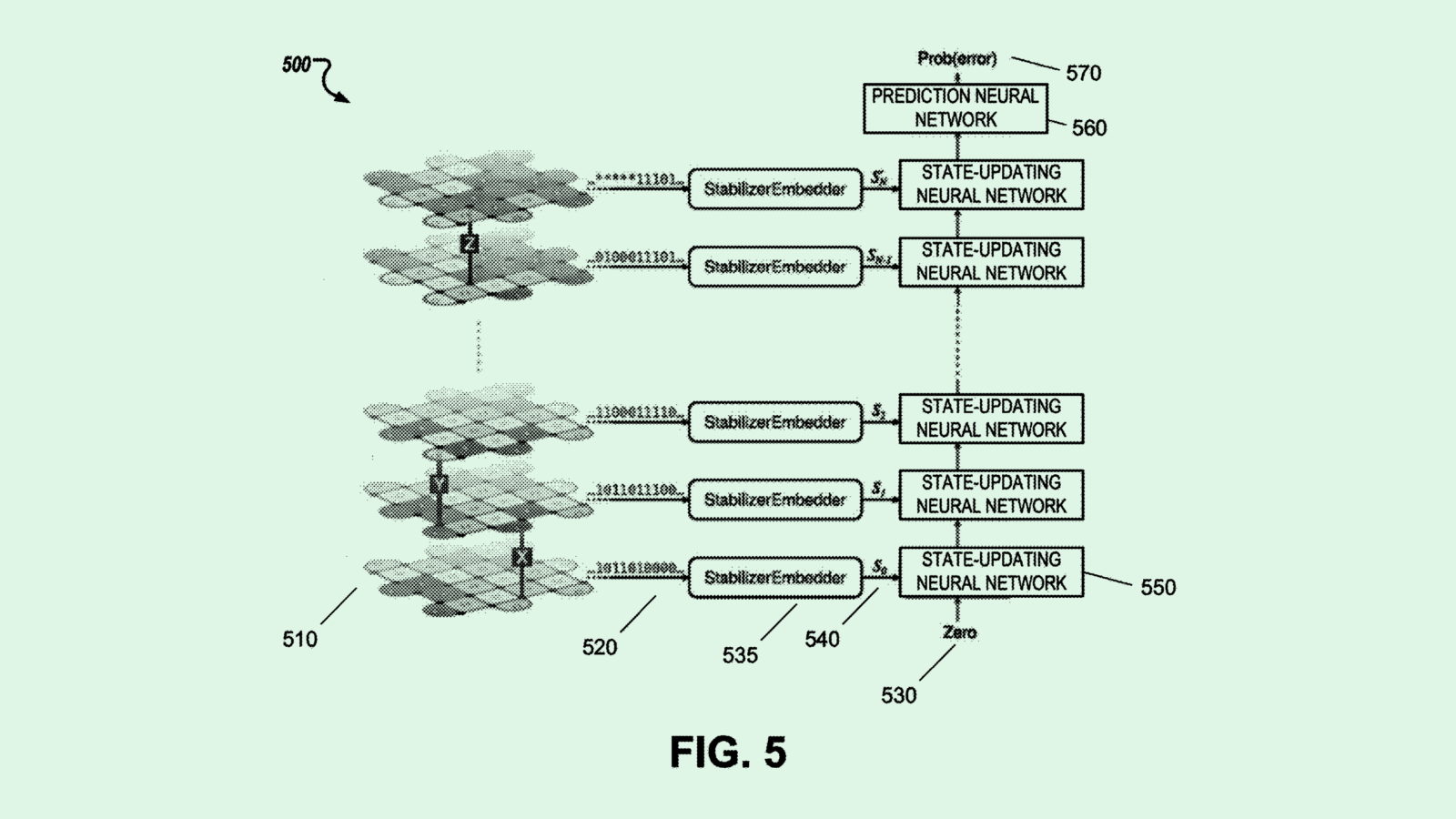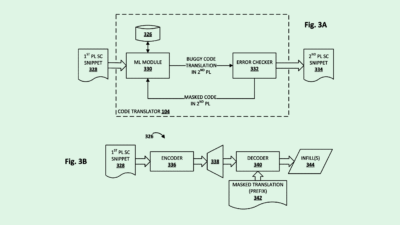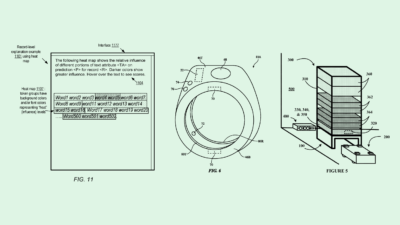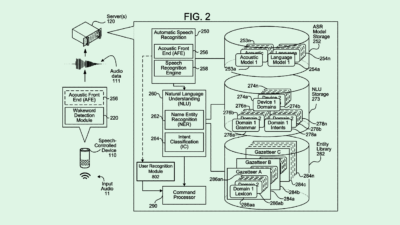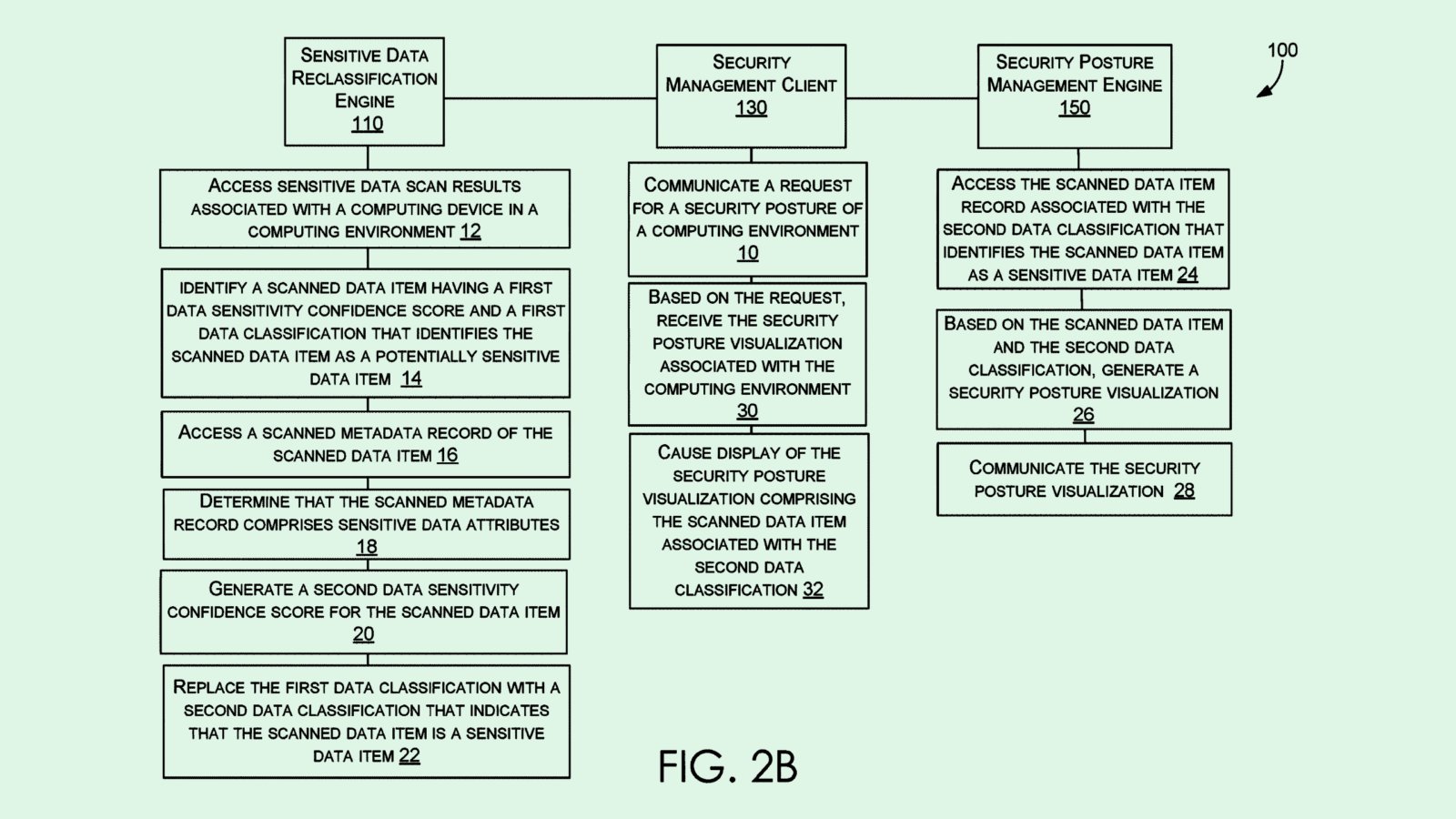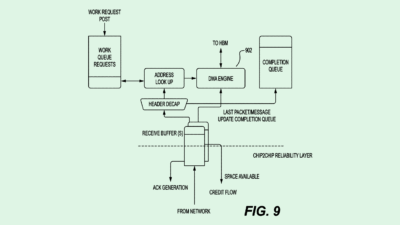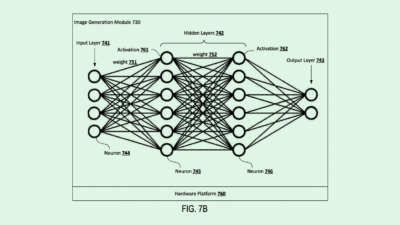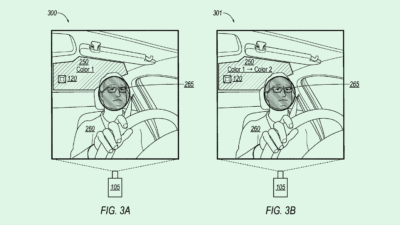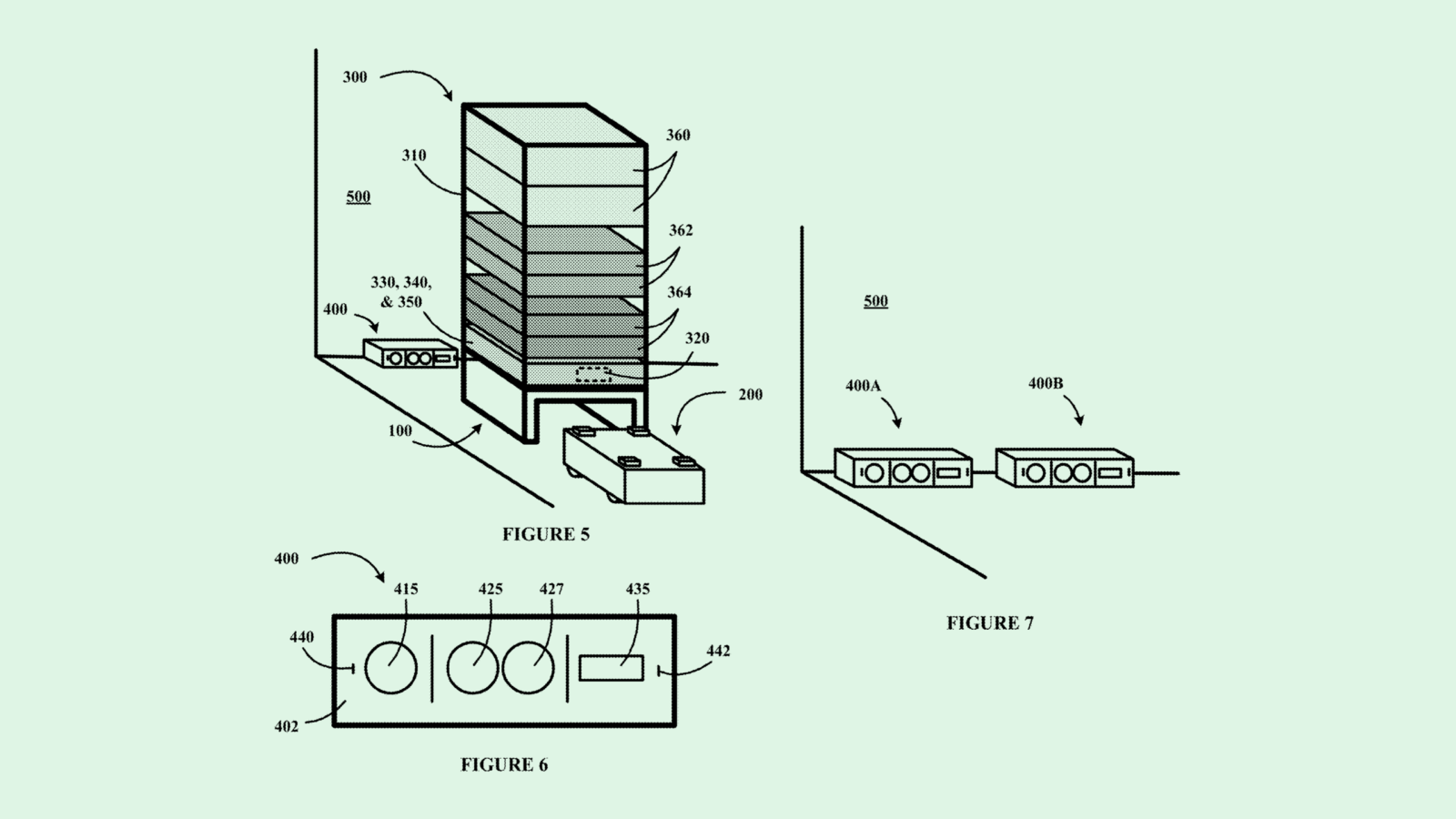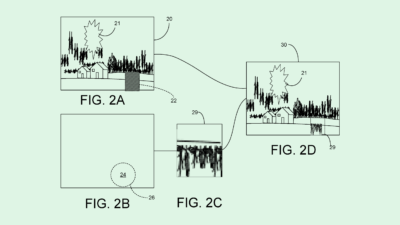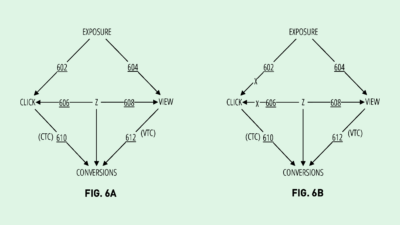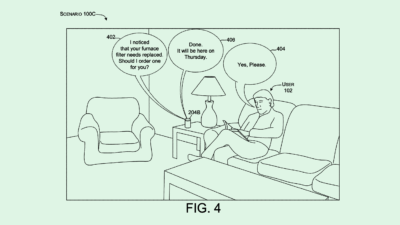Adobe AI Patent Could Take the Work Out of Data Visualization
The filing adds to several of the company’s AI-powered business tool patents, and signals its growing interest in enterprise-focused AI tech.
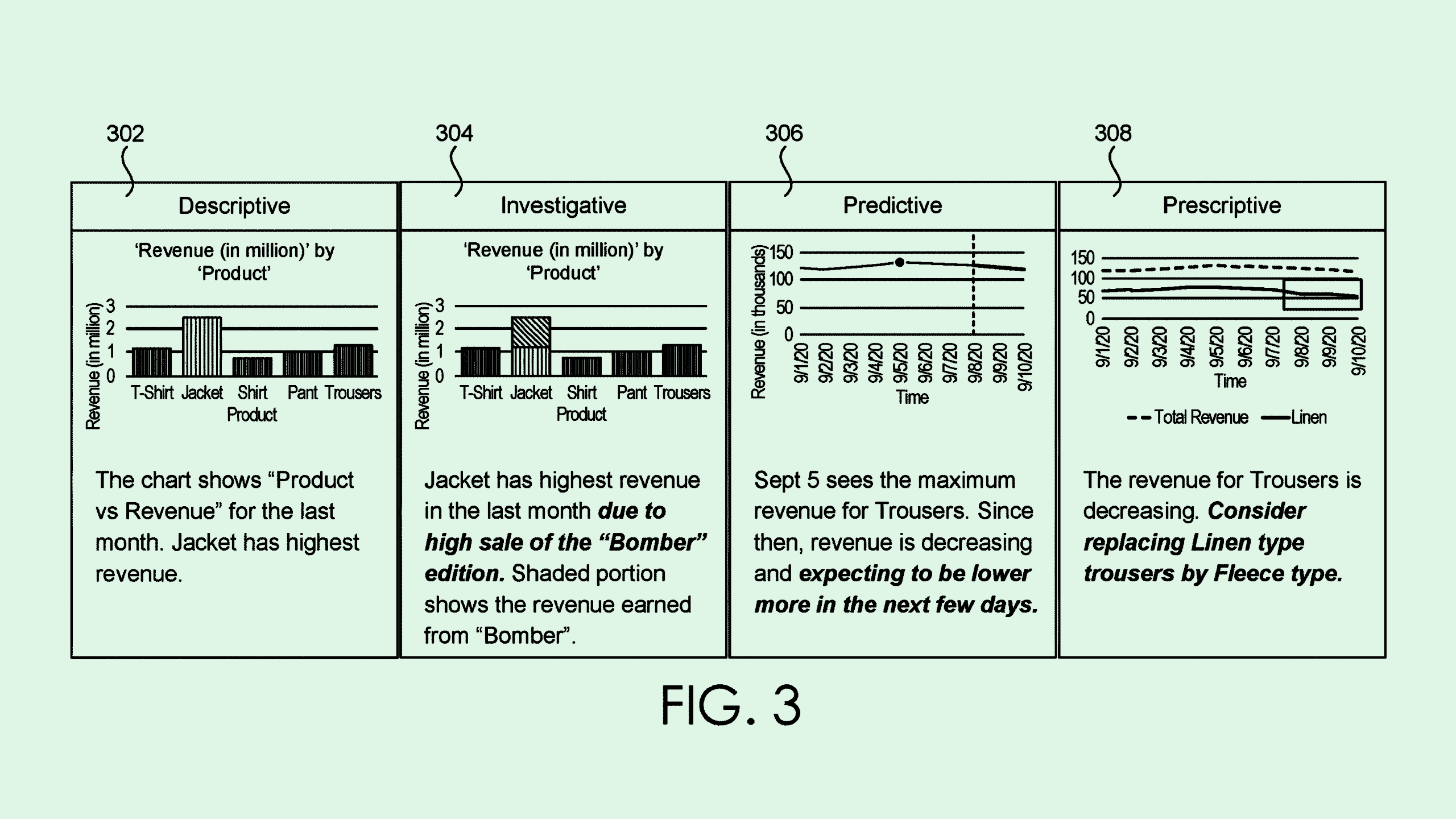
Sign up to uncover the latest in emerging technology.
Adobe wants to go above and beyond the average pie chart.
The company wants to patent a system for “generation and presentation of advanced insights.” Adobe’s system essentially uses machine learning to automate data visualization as well as to provide in-depth insights to explain its graphics.
While the availability of data is becoming “increasingly pervasive and plentiful,” Adobe noted that deriving its meaning can be time-consuming. Conventional tools for data visualization tend to “use a template to generate a narrative. As such, the narratives vary very little from one instance to the next, thereby reducing their effectiveness.”
Adobe’s system first takes in user data to create a visual representation, such as a pie chart, line graph, or bar graph. The system then uses a machine learning model to generate natural language insights that tell the story behind the data.
These insights could be anything from a description of trends, understanding of outliers, predictions of future outcomes, exploring cause-and-effect relationships between data points, or providing recommendations. Finally, it will align the text style (i.e., “formality, conciseness,” Adobe notes) of these insights with user preferences and present them via a user interface.
For example, if you feed Adobe’s system a table of raw sales data, it may come back with a presentation breaking down what sold and what didn’t over a certain period of time, and giving recommendations on what kinds of products to push in the future. “As opposed to a user searching for data, running analysis on data, and continuing this cycle until the information desired is identified, a user is efficiently presented with insightful information,” Adobe said.
This tech adds to some recent Adobe inventions that go after AI-powered business tools. The company’s patent activity includes a context-based AI summarization tool, a system for creating niche language models to spice up AI-generated text, and a fact-checking tool for PDFs. Plus, the AI offerings that Adobe currently has available include generative AI marketing, advertising, and analytics tools through Adobe Sensei.
It makes sense that Adobe is going after AI business tools: Enterprise contracts are its major moneymakers. In its earnings report from mid-March, the company attributed its 16% growth for remaining performance obligations to enterprise strength across its product suite. Adobe struck deals last quarter with companies such as Berkshire Hathaway, Accenture, Porsche, and Starbucks.
AI is exceptional at making sense of large amounts of data and extrapolating numbers into understandable insights and predictions, making it a good fit for enterprise use cases. However, unlocking these benefits is possible “only if done right,” said Yusuf Khan, head of data science at AI enterprise content company Constellation.
“The GenAI that we have currently still suffers from factual inaccuracies, which, depending on the context, can be counterproductive,” Khan said. “If the initial prompts and parameters are not set up correctly, it could lead to more manual work than to begin with.”
But moving past current obstacles and adopting AI on a broader scale could have a massive impact on productivity, he said. “There are technologies that are aimed at improving prediction generation, and as such we will continue to see productivity increase over time as we continue to automate more mundane data analytics tasks,” he said.
